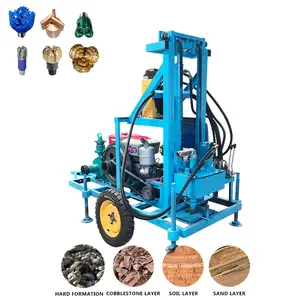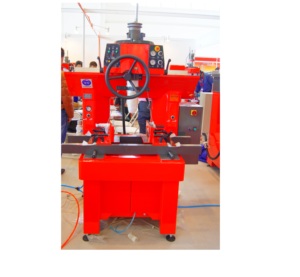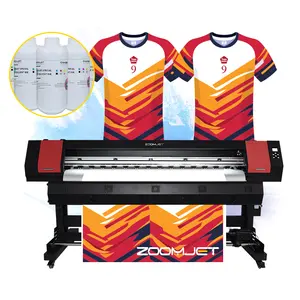Popular in your industry















Top categories
About vertical boring equipment
Vertical boring equipment is a powerful machine tool used for enlarging or finishing existing holes in large, heavy workpieces. This equipment can rotate heavy workpieces and perform precise machining operations with a single setup, making it ideal for industries requiring high-precision machining on large components. The vertical orientation of the machine tool allows for the machining of oversized cylinders, discs, and more, providing versatility in various industrial applications. Different vertical boring machines can be used according to the size of the workpiece. They include the vertical boring mill and the vertical boring milling machine.
Types of Vertical Boring Equipment
There are two main types of vertical boring equipment. The first type is the vertical turret lathe (VTL), which features a stationary workpiece held in place by a large chuck or table. The cutting tool is mounted on a vertical ram and can be adjusted to different heights to accommodate varying workpiece sizes. VTLs are known for their capacity to handle large and heavy workpieces, making them suitable for applications in industries like aerospace, automotive, and energy. The second type is the vertical boring mill, which is designed for machining cylindrical workpieces with a large diameter. The workpiece is typically mounted on a horizontal table and rotated around a vertical axis, allowing the cutting tool to create bores or turn the workpiece's outer diameter. This type of vertical boring equipment is commonly used in industries such as oil and gas, mining, and heavy equipment manufacturing.
Applications of Vertical Boring Equipment
In the aerospace industry, vertical boring equipment is vital for the machining of engine components, landing gear parts, and structural elements of aircraft. The oil and gas sector relies on vertical boring machines to manufacture components for drilling equipment, pipelines, and valves. The transportation industry uses these machines for crafting parts of trains, ships, and heavy trucks. Infrastructure and construction sectors use vertical boring equipment for manufacturing components of bridges, tunnels, and large-scale architectural structures. In the power generation industry, these machines are used for producing components of turbines, generators, and other critical equipment. The mining sector employs vertical boring equipment in the creation of components for excavators, draglines, and other heavy machinery.
The Operation of Vertical Boring Equipment
The operation of vertical boring equipment starts with securing the workpiece on the machine's chuck or table. The next step is to align the cutting tool with the desired axis of the bore and set the cutting parameters, such as cutting speed and feed rate. The machine then starts rotating the workpiece while the cutting tool moves along the vertical axis, removing material to create the bore. Operators must monitor the machining process and make adjustments as necessary to ensure precision and quality. After the machining is complete, the workpiece is removed from the machine, and any finishing operations, such as deburring or inspection, are carried out. During the operation of vertical boring equipment, safety measures must be strictly followed to prevent accidents and ensure a safe working environment.
























